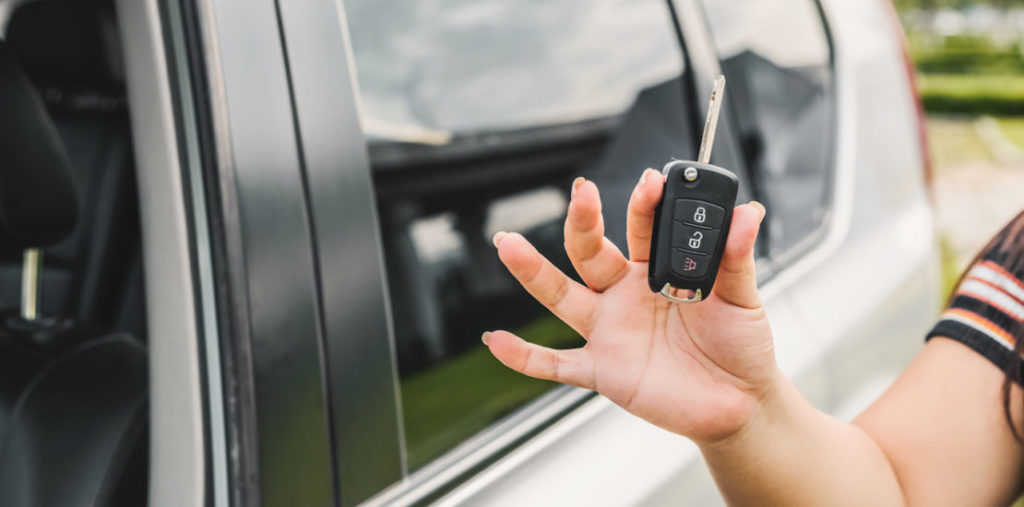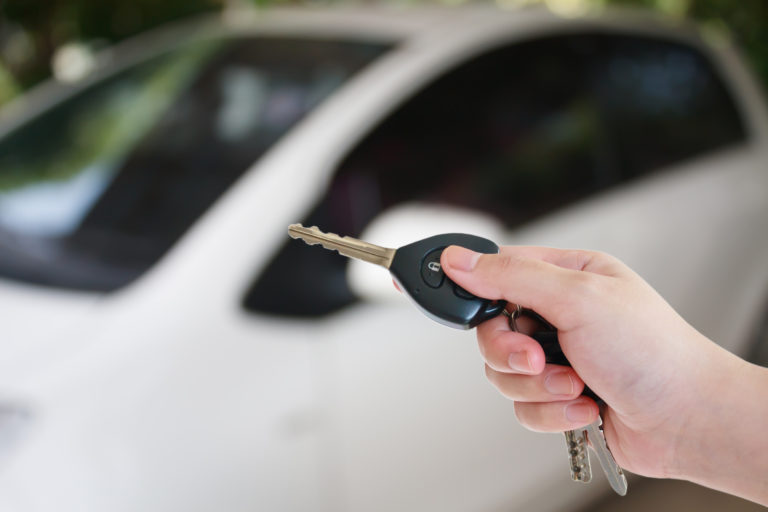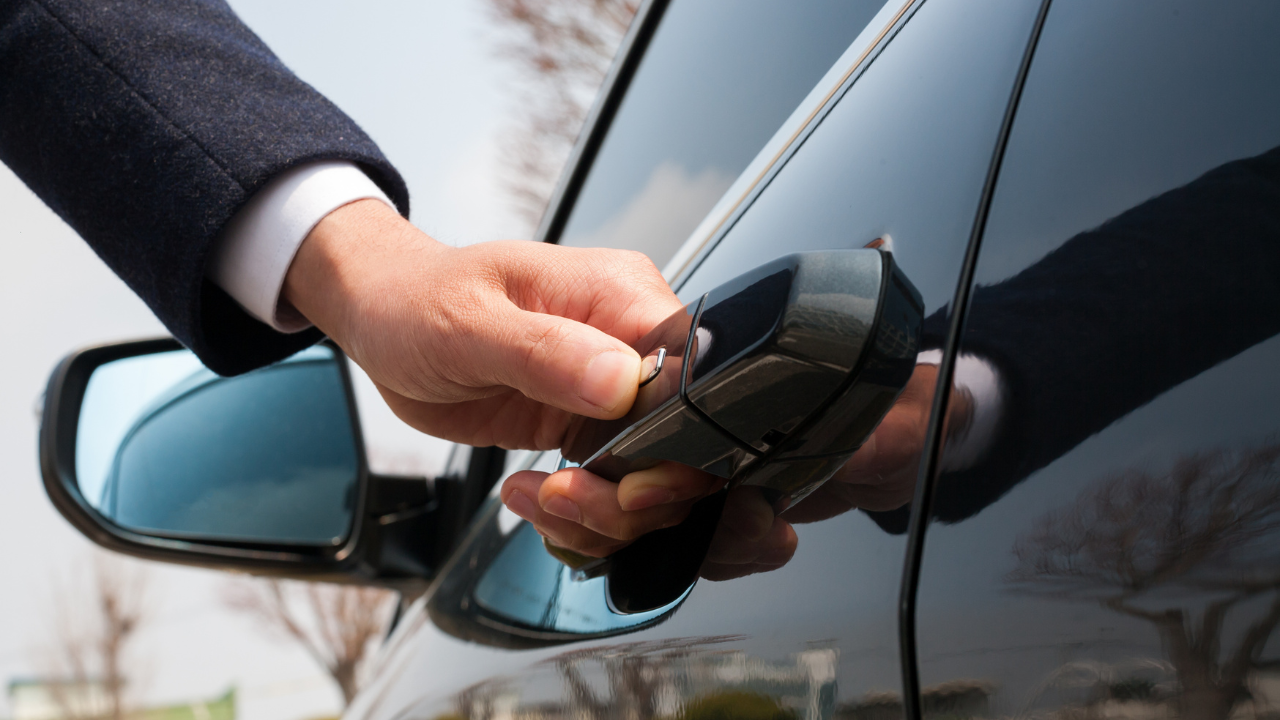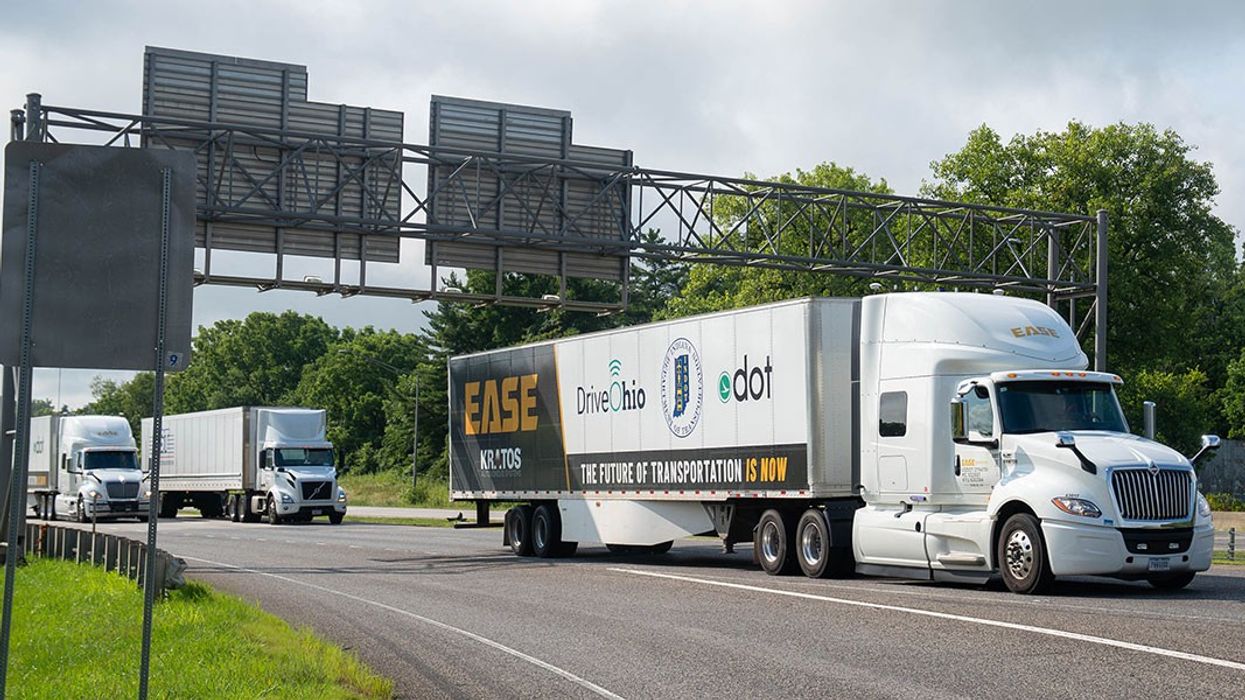When faced with situations like a breakdown or severe weather, the question arises: should you wait inside or outside the car? Understanding the best course of action can ensure your safety and well-being. This article explores various scenarios to help you make informed decisions.

Understanding Weather Conditions
Weather plays a critical role in deciding whether to stay inside or outside your car. In extreme weather, staying inside can offer protection. However, there are circumstances where remaining inside might not be the safest option.
Cold Weather Considerations
During cold weather, it might seem intuitive to stay inside your vehicle to keep warm. Running the engine for heat is an option, but only when done safely. Frozen car locks can also be a concern, especially if you need to re-enter the vehicle.
Hot Weather Decisions
In high temperatures, the interior of a car can become dangerously hot quickly. If you are unable to run the air conditioning, it might be safer to seek shade outside while maintaining a safe distance from traffic.
Evaluating Your Surroundings
Your surroundings will greatly influence your decision. Consider the safety of the location and potential hazards before deciding whether to stay inside or outside the car.
Urban vs. Rural Areas
In urban areas, help might be closer, but traffic poses a significant risk. In rural areas, isolation can be a concern, making it crucial to stay visible. Avoid losing keys by keeping them safe, whether inside or outside the vehicle.
Night vs. Day
Nighttime situations are inherently riskier due to reduced visibility. If you must wait outside, ensure you are visible to other drivers and stay close to your vehicle.
Car Safety Features
Modern cars are equipped with various safety features that can influence your decision. Understanding these features can help determine if staying inside is beneficial.
Safety Locks and Alerts
Ensure your vehicle’s safety locks are engaged to prevent external threats. Some cars have alert systems for added security. Familiarize yourself with these features.
Emergency Kits
Having an emergency kit can make waiting inside the car more comfortable. Include items like blankets, water, and non-perishable food. Refer to keyless entry risks for additional insights into car safety.
When to Call for Help
Knowing when to call for help is crucial. If you feel unsafe, contact emergency services. In some cases, waiting for help might be safer outside the vehicle.
Breakdown Scenarios
If your car breaks down, assess the situation. In certain instances, it might be safer to wait outside, especially if the car is smoking or there is a fuel leak.
Lockout Situations
Lockouts can be stressful, but staying calm is essential. Learn what to do if you lock keys in the car to regain access safely.
Staying Informed and Prepared
Preparation is key to handling emergencies effectively. Stay informed about your vehicle’s capabilities and have a plan for various scenarios.
Regular Vehicle Maintenance
Regular maintenance can prevent many emergencies, reducing the likelihood of breakdowns. It also ensures safety features are functioning correctly.
Emergency Contacts
Save important contacts on your phone, such as local towing services and emergency numbers. This can expedite help when needed.
Conclusion
Deciding whether you should wait inside or outside the car depends on numerous factors, including weather, surroundings, and vehicle safety features. By staying informed and prepared, you can make the best decision for your safety.

FAQs
Is it safer to wait inside the car during a thunderstorm?
Yes, cars provide good protection from lightning due to their metal frame. However, avoid touching metal surfaces.
When should I avoid waiting inside the car?
If there’s a fuel leak or the car is smoking, it’s safer to wait outside at a safe distance.
How can I prepare for a car emergency?
Keep an emergency kit in your car, maintain regular vehicle checks, and stay informed about your cars safety features.
This article contains affiliate links. We may earn a commission at no extra cost to you.






